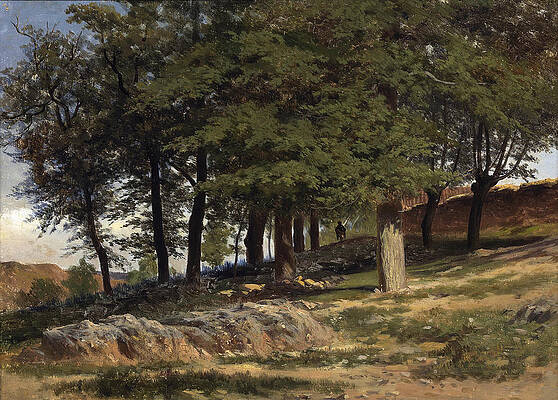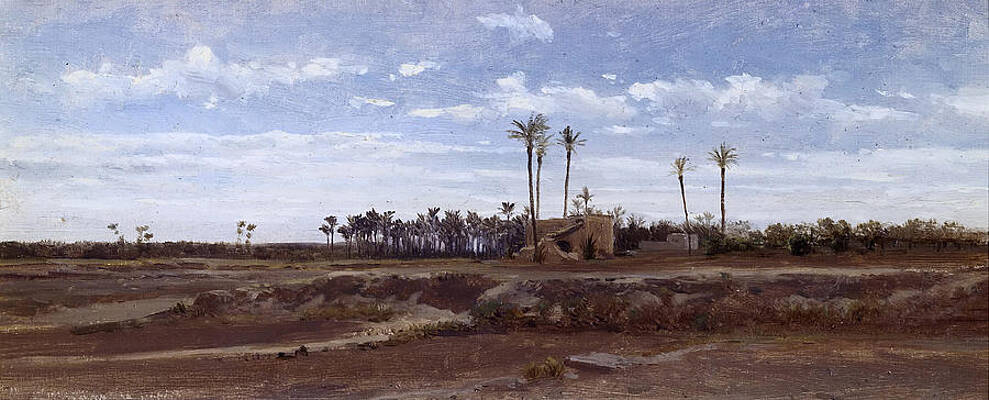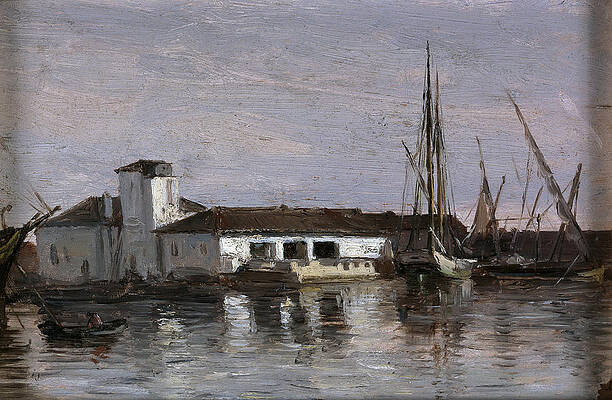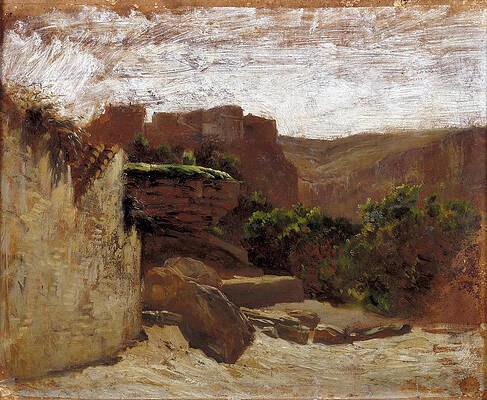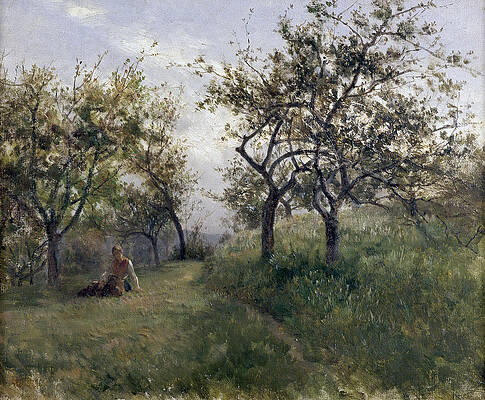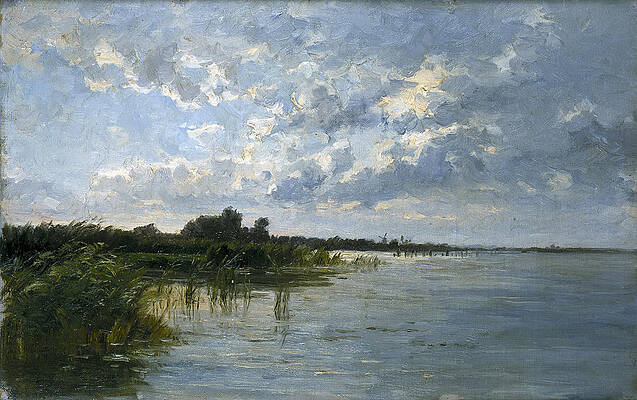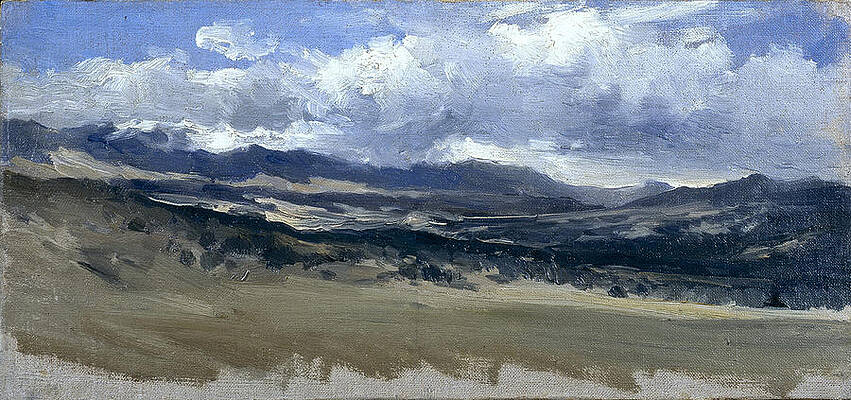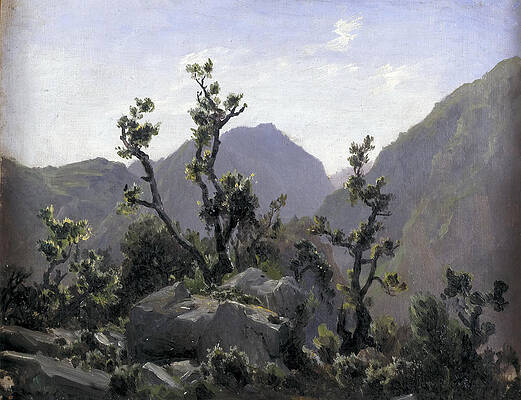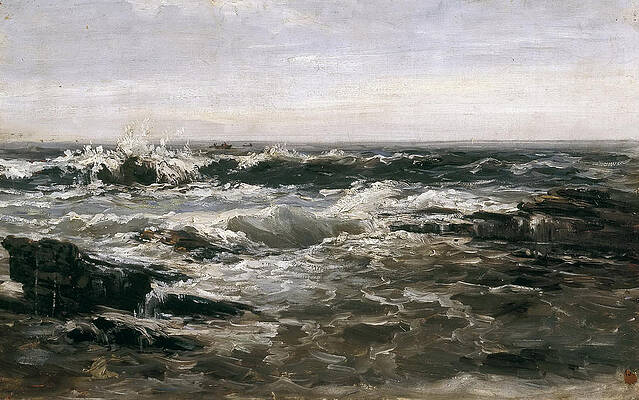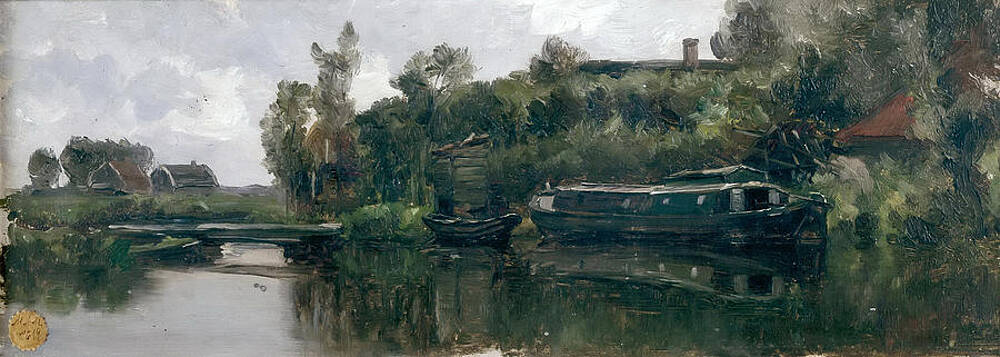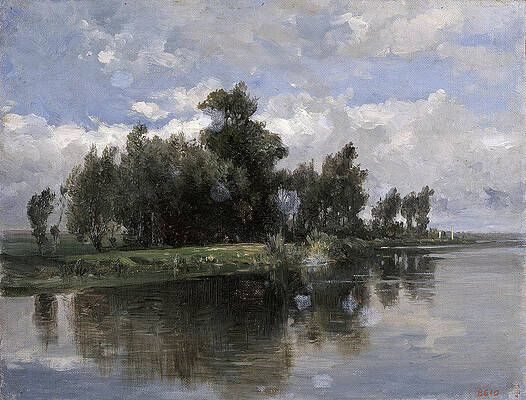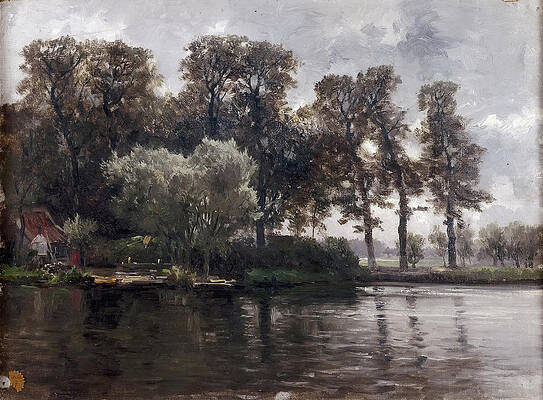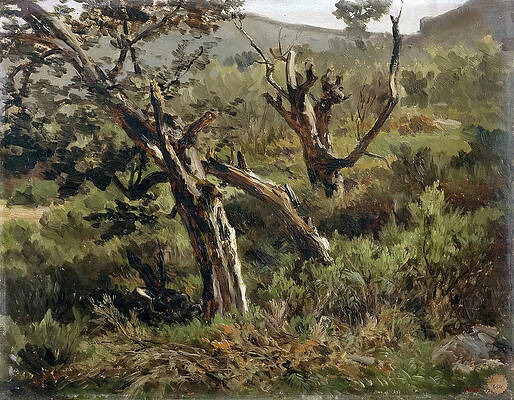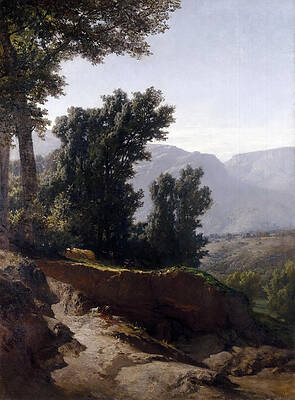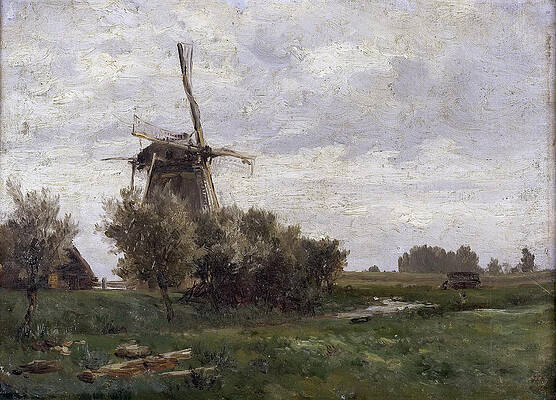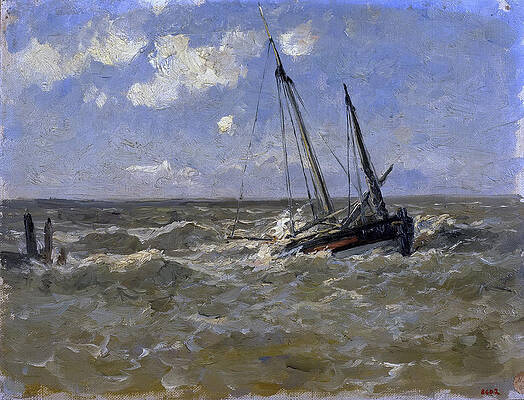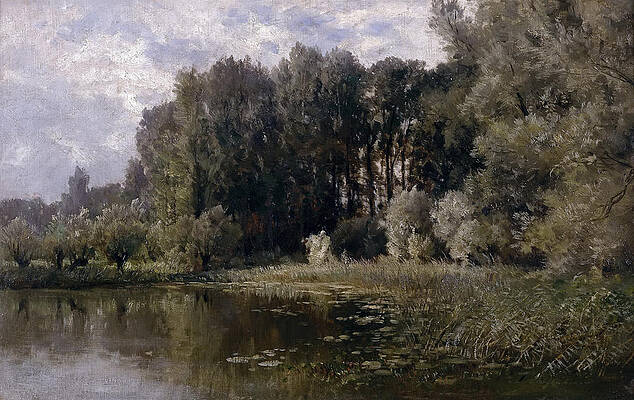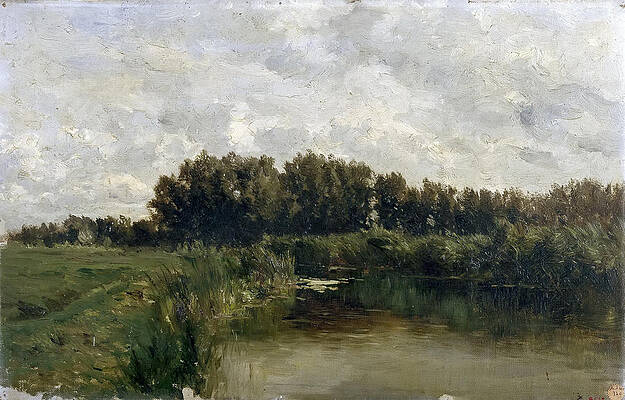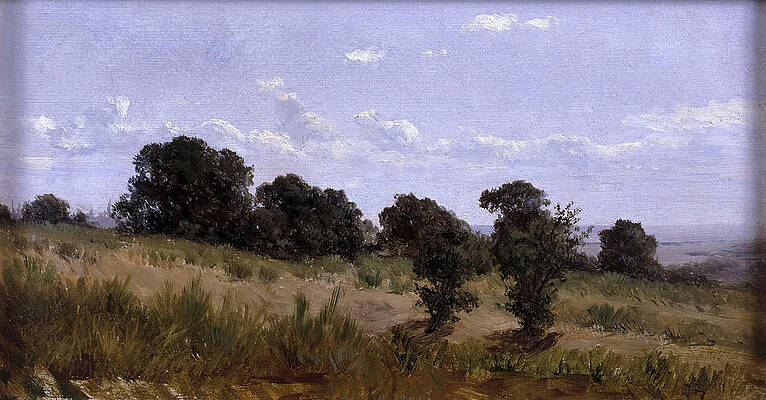Carlos de Haes
Paintings
Valley in the Sierra de Guadarrama
The Canal of Mancorbo in the Picos de Europa
Courtyard of the Monastery of Piedra
Near Friesland
Tajo Colorado . Rio Piedra De Aragon
The mountain range of the Picos de Europa
The oaks on the ridge of the Picos de Europa
A forest near the Monastery de Piedra
Bajamar. Guethary
Dunes Villerville
The road in the woods of Asturias
Palm forest in Elche
Leprosarium in Mallorca
Forest in Alsasua
The mountains of Aragon
Sunset in Elche
Church Tower near Douarnenez
Nuevalos. Aragon
Dutch Windmill
Apple trees in Normandy
Boat in a Lake
Rest of a Shipwreck
A Lake in the Netherlands
The Lake in Friesland
Vinalopo in Alicante
Dutch Lake
Mountain Landscape
Mountain Landscape
The mountains of Asturias
Mountains in Pajares
Meadows. Netherlands
Marsh. Netherlands
Waves
Dutch Canal
Mountain Landscape
Mountain Landscape
Mountain Landscape
Road near Villerville in Normandy
The road to Villerville
Source
Channel. Netherlands
The Channel in the Netherlands
Canyon Despenaperros
Cross
Coast at Villerville
The Sea at Villerville
The Sea at Villerville
Seascape
Lake
Landscape near the monastery Piedra
Landscape in Dauphine
Forest near Alsasua
The Tower of the Church of Douarnenez
Oak Grove
Landscape in Dauphine
Aguas Buenas. Pyrenees
Dutch Meadows
Study of a tree trunk
Arboleda
Near Madrid
Windmill. Netherlands
The mountain road in Asturia
Sunset. Aragon
The Sea at Villerville
The Sea in Normandy
The Lake in Nijmegen
The Lake in Friesland
Outskirts Of Trouville
Palm trees in Elche
Landscape in Aragon
Landscape in Nijmegen. Netherlands
Landscape near the monastery Piedra. Aragon
Landscape near the monastery Piedra. Aragon
Landscape in Dauphine
Fine Art Prints | Greeting Cards | Phone Cases | Lifestyle | Face Masks | Men's , Women' Apparel | Home Decor | jigsaw puzzles | Notebooks | Tapestries | ...
Carlos de Haes (January 25, 1829 – June 17, 1898) was a Spanish painter from Belgium. He was noted for the Realism in his landscapes, and was considered to be the "first contemporary Spanish artist able to capture something of a particularly Spanish 'essence' in his work".[1] He was cited along with Jenaro Perez Villaamil and Aureliano de Beruete as one of the three Spanish grand masters of landscape painting, the latter of which was his pupil.[2]
In the 1850s, Haes was involved in the rise of the Realist school of landscape. Coincidentally his landscape and wildlife paintings of the Monasterio de Piedra occurred at the time of an academic opening for the Painting School of the Real Academia de Bellas Artes de San Fernando, the selection to be made by a landscape competition. In 1857 he became the first professor of landscape painting, the first in Spain to teach painting directly from nature. In 1860, he became an Academic at the Royal Academy. In 1876, he presented at the National Exhibition with La Canal de Mancorbo en los Picos de Europa ("The Canal of Mancorbo in the Picos de Europa") later acquired by the Spanish state to be part of the collection of the Museo del Prado, because of its significance as a realistic Spanish landscape painting.
Early years
Haes was born in Brussels to a family of bankers.[3] The family moved to Spain, settling in Málaga in 1835, where Haes studied with the Neoclassical portrait painter Luis de la Cruz y Ríos (es).[4] In 1850, Haes decided to continue his art training by studying with the great Flemish landscape masters. His encounter with Joseph Quinaux, who mentored Haes from 1850 through 1855,[5] influenced his painting outdoors, and defined his artistic works as a whole. In Brussels, he came in contact with other notable European painters at the annual exhibition of the Brussels Salon. He traveled throughout Holland, France, and Germany.[4]
Career
After returning to Spain, he entered the National Exhibition of Fine Arts, winning a third place medal for landscapes created around Brussels. Haes was involved in the 1850s rise of the Realist school of landscape.[6] It was coincidental that Haes' landscape and wildlife paintings of the Monasterio de Piedra occurred at the time of an academic opening for the Painting School of the Real Academia de Bellas Artes de San Fernando, the selection to be made by a landscape competition. He received the academic appointment in 1857, becoming professor of landscape painting,[7] and becoming the first in Spain to teach painting directly from nature.[1] Among his students were Jaime Morera (es), Aureliano de Beruete, and Darío de Regoyos. Haes took his students with him to paint in the countryside; under his teaching the "painters proliferated and took advantage of the new railway system to explore the furthest corners of the nation's topography."[1][8] He influenced the Spanish novelist, Azorín, who perfected his writing technique by repeatedly viewing Haes' works at the museum.[1]
In addition to teaching, he continued his painting production, and in 1858, Haes received the first medal at the National Exhibition.[9] In 1860, he became an Academic at the Royal Academy,[6] and received a medal for his Memories of Andalusia. In 1862, he medaled with his landscape, Vista del Lozoya. In 1876, he again presented at the National Exhibition with La Canal de Mancorbo en los Picos de Europa ("The Canal of Mancorbo in the Picos de Europa"); its preparatory sketch was dated in situ in 1874.[10] Though it did not win a prize, it was acquired by the Spanish state to be part of the collection of the Museo del Prado, because of its significance as a realistic Spanish landscape painting.[7] He became ill in 1890 and died in Madrid in 1898.[3]
References
Foster, David (27 December 2000). Current Debates on Hispanism: Spanish Literature. Taylor & Francis. pp. 68, 125, 126–. ISBN 978-0-8153-3563-4. Retrieved 6 October 2012.
Canizares-Esguerra, Jorge (9 November 2006). Nature, Empire, and Nation: Explorations of the History of Science in the Iberian World. Stanford University Press. p. 222. ISBN 978-0-8047-5544-3. Retrieved 10 October 2012.
Levie, Simon H. (1996). From Zurbaran to Picasso: masterpieces from the collection of Carmen Thyssen-Bornemisza. Skira. p. 163. ISBN 978-88-8118-137-7. Retrieved 6 October 2012.
Serra, Tomás Llorens (1999). Painting nature: genre and landscape painting from Brueghel to Van Gogh : Carmen Thyssen-Bornemisza collection : 1 October 1999 to 16 January 2000. Museo Thyssen-Bornemisza. p. 193. Retrieved 6 October 2012.
Museo del Prado (1996). The Prado Museum. Fonds Mercator. p. 631. ISBN 978-90-6153-371-9. Retrieved 6 October 2012.
Ginger, Andrew (30 August 2007). Painting and the Turn to Cultural Modernity in Spain: The Time of Eugenio Lucas Velázquez (1850–1870). Susquehanna University Press. pp. 351–. ISBN 978-1-57591-113-7. Retrieved 6 October 2012.
"Haes, Carlos de". Museo del Prado. Retrieved 6 October 2012.
Epps, Bradley S.; Cifuentes, Luis Fernández (2005). Spain Beyond Spain: Modernity, Literary History, And National Identity. Bucknell University Press. p. 177. ISBN 978-0-8387-5583-9. Retrieved 10 October 2012.
Serra, Tomás Llorens; Thyssen-Bornemisza, Museo (1999). Painting nature: genre and landscape painting from Brueghel to Van Gogh : Carmen Thyssen-Bornemisza collection : 1 October 1999 to 16 January 2000. Museo Thyssen-Bornemisza. p. 152. Retrieved 10 October 2012.
"On-line gallery Reference number P04390". Museo del Prado. Retrieved 6 October 2012.
Kunst- und Ausstellungshalle der Bundesrepublik Deutschland (2001). Landscapes from Brueghel to Kandinsky: the exhibition in honour of the collector Baron Hans Heinrich Thyssen-Bornemisza. Hatje Cantz Publishers. p. 222. Retrieved 6 October 2012.
Acereda, Alberto; Guevara, Rigoberto (2004). Modernism, Rubén Darío, and the Poetics of Despair. University Press of America. p. 292. ISBN 978-0-7618-2900-3. Retrieved 10 October 2012.
----
Fine Art Prints | Greeting Cards | Phone Cases | Lifestyle | Face Masks | Men's , Women' Apparel | Home Decor | jigsaw puzzles | Notebooks | Tapestries | ...
----
Artist
A - B - C - D - E - F - G - H - I - J - K - L - M -
N - O - P - Q - R - S - T - U - V - W - X - Y - Z
Retrieved from "http://en.wikipedia.org/"
All text is available under the terms of the GNU Free Documentation License









